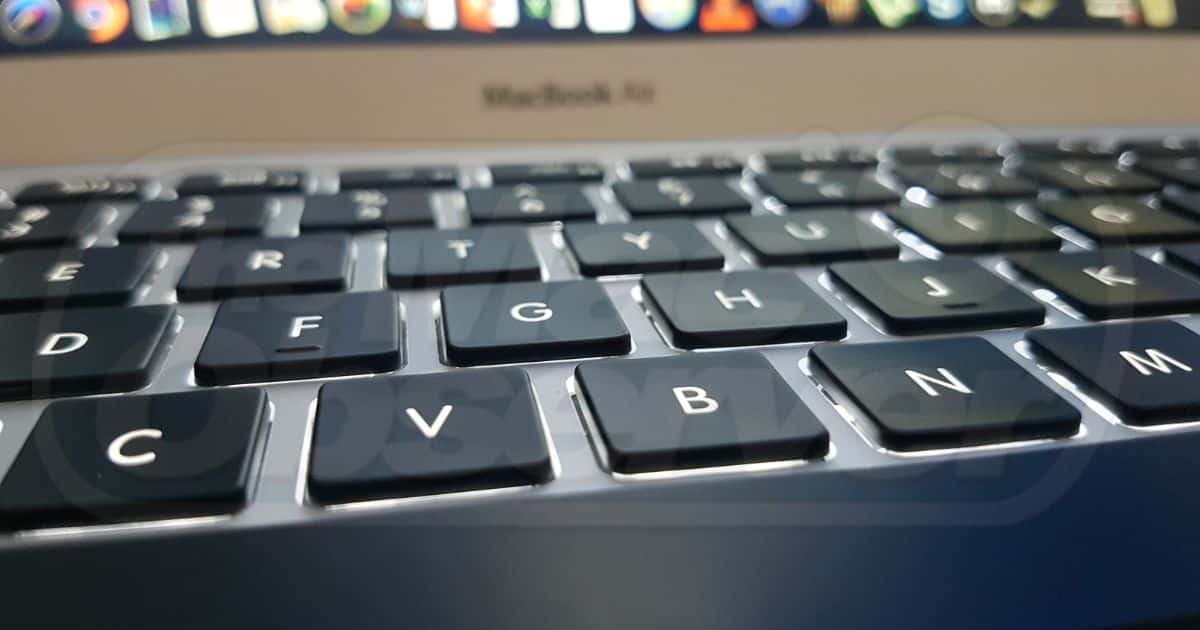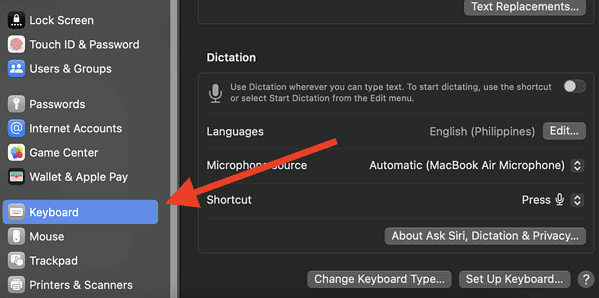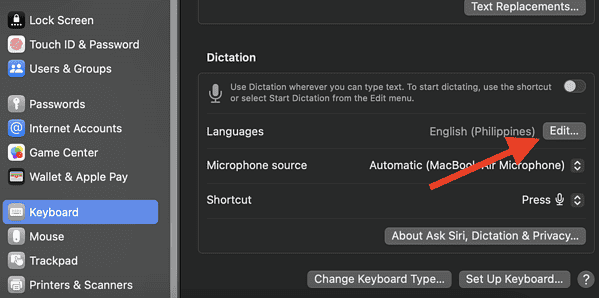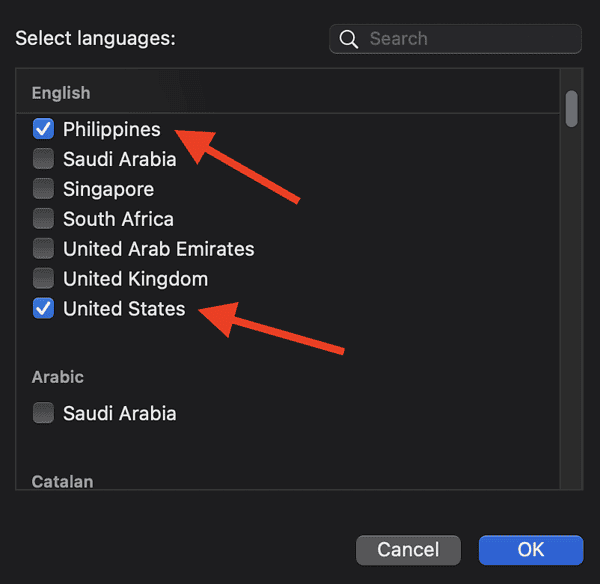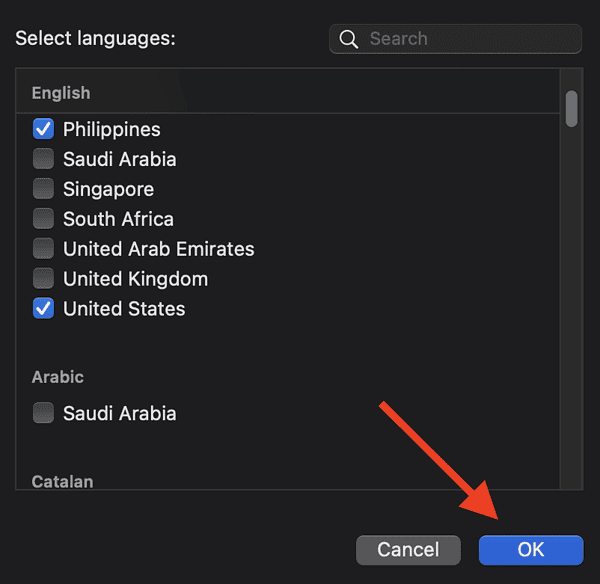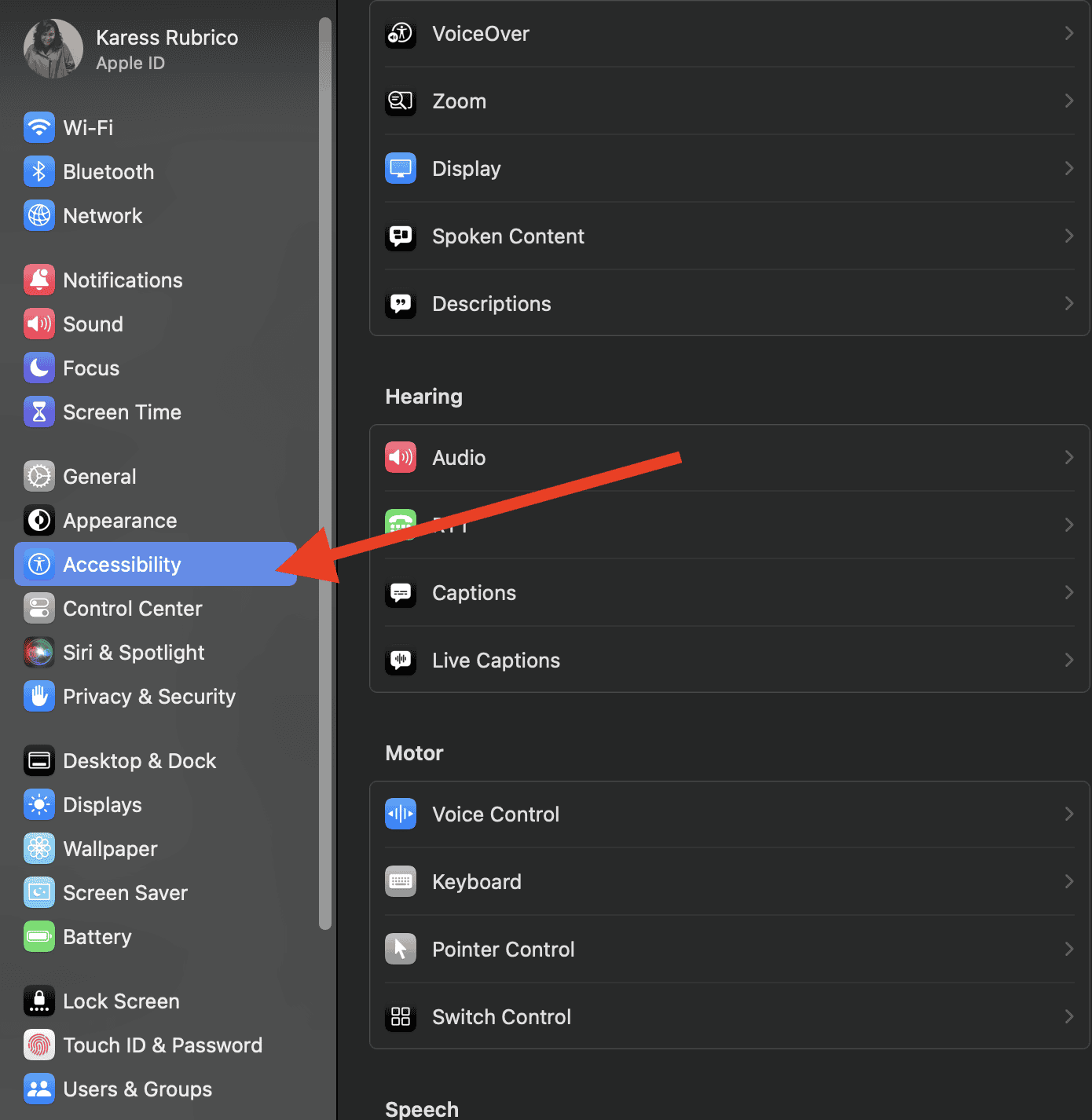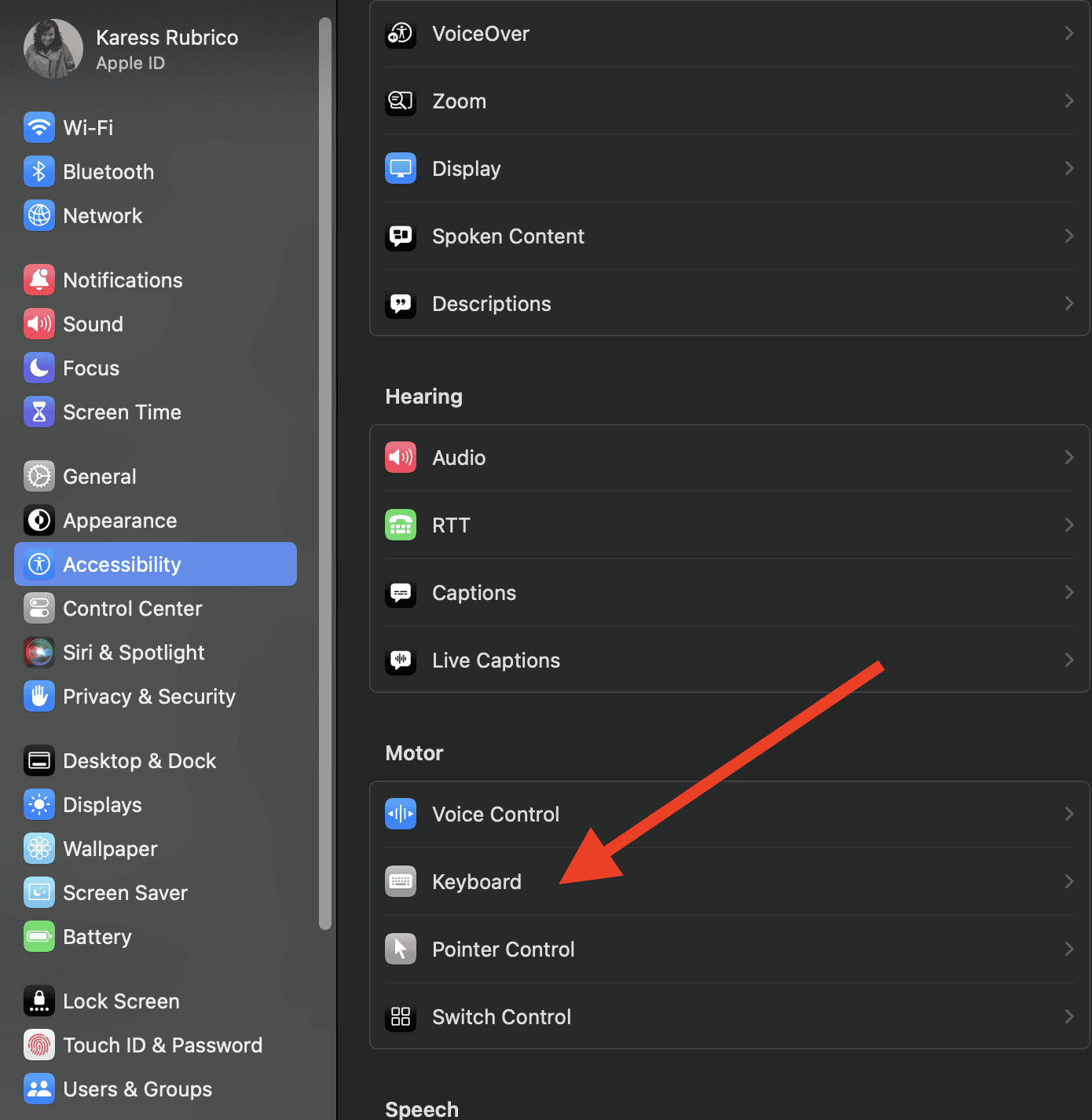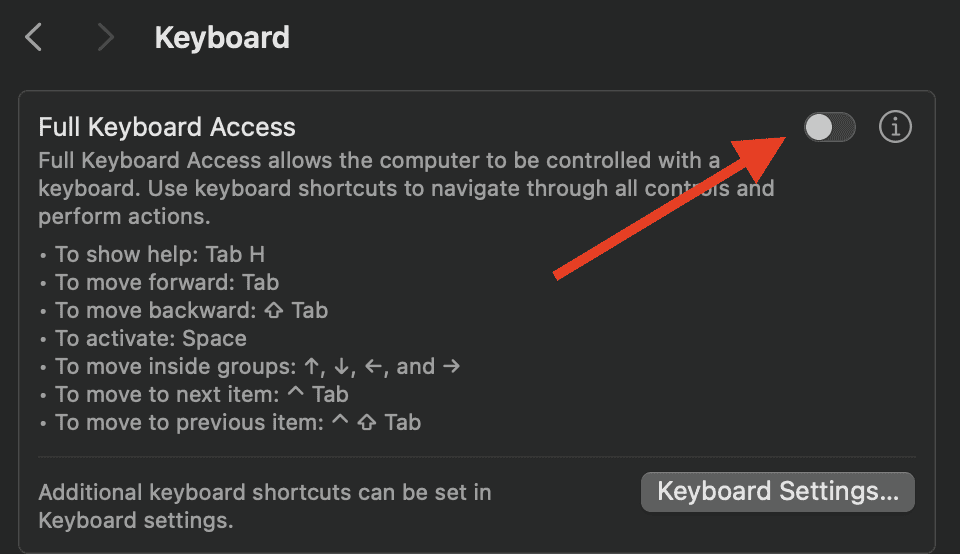macOS updates often come with bug fixes, but sometimes, as with every release, some new glitches will also appear. As for the recent Sonoma 14.6.1 update, several users have reported that their keyboards were not working properly. You might experience the same issue, even if your device is fairly new or your keyboard hasn’t been exposed to any spills.
That said, you don’t necessarily have to call for hardware repairs yet. Here are five solutions to address the glitch—they apply to both built-in and external keyboards. Let’s dive in.
5 Ways to Fix Keyboard Errors After Sonoma 14/14.6.1 Update
1. Change Your Keyboard’s Default Language
Time needed: 1 minute
Reports have surfaced that special characters cannot be typed after the latest macOS Sonoma update. You may need to add a secondary language to resolve this issue. Here’s how:
- From System Settings, navigate to Keyboard.
- Scroll until you locate the Dictation tab. On Languages, click Edit.
- Under Select Languages, check or uncheck the applicable languages in your region. You can also use the Search bar for quicker navigation.
- Click on Ok to confirm the changes.
2. Tweak Your Keyboard Settings
Other users also stated that a few tweaks to the Key Repeat Rate and Delay Until Repeat settings solved the issue. Just head over to System Settings > Keyboard. Toggle the controls located on top until you see any changes applied.
3. Turn Off Full Keyboard Access
Full Keyboard Access allows you to navigate your Mac without the help of a trackpad or mouse. This option gives your keyboard full control to perform any actions.
Here are the steps to deactivate Full Keyboard Access:
- From System Settings, select Accessibility.
- Under the Motor tab, click on Keyboard.
- Toggle off Full Keyboard Access.
4. Activate Automatic Connections
This specific solution applies to those of us who use external keyboards. You may notice a pop-up appear once you connect the device to your Mac. However, the window may not appear long enough for you to authorize the device.
- Disconnect your external keyboard.
- Navigate to System Settings, then click on Privacy and Security.
- Scroll down until you find the Security section.
- Under Allow Accessories to Connect, change the option to Automatically When Unlocked.
- Plug in your keyboard to test it out.
5. Restart Your Mac
Restarting your computer doesn’t just rid it of temporary files. Any changes you apply to your system will automatically take effect when you reboot your device. Click on the Apple icon in the upper-left-hand corner of your Menu bar. Then, select Restart.
Contact Apple Support if your keyboard is still not working after troubleshooting. You may have an underlying hardware issue that needs to be addressed. But if your MacBook Air M1 screen is also flickering, you might have to try another set of solutions.
